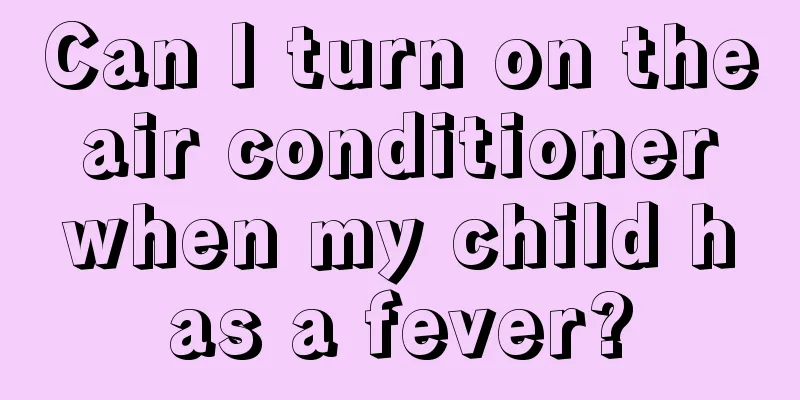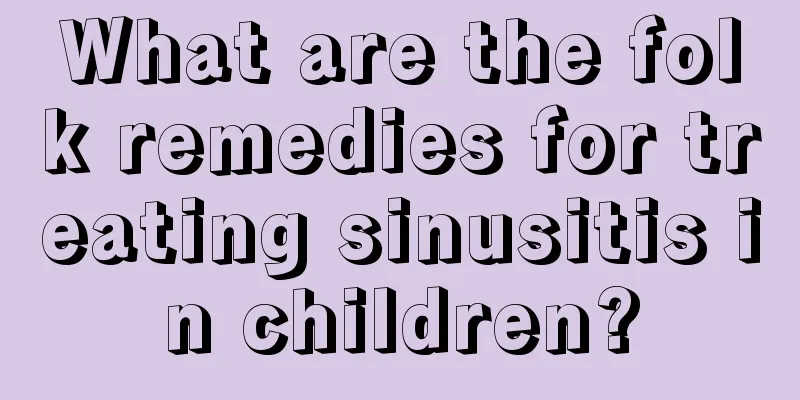What to do about eczema in children? Experts introduce scientific treatments

|
Children are very prone to eczema. As for the mechanism of the disease, there is no unified scientific consensus yet, but there are several main causes. The first is genetics, followed by harsh environmental factors. It may also be due to a decrease in the child’s immune function, or eating the wrong food, etc. So how should childhood eczema be treated? 1. Overall treatment principles The type of drug dosage form used to treat eczema depends on the symptoms of eczema. If there is obvious redness and swelling, and a lot of exudation, a solution should be used for cold wet compresses, and ointments should not be used. For erythema and papules, lotions, emulsions, mud pastes, oils, etc. can be used; for blisters and erosions, oils are needed; for scales and scabs, ointments should be used. There are many types of medicines that can be used for eczema, and they should be used under the guidance of a doctor. Before changing to a new medication, be sure to remove the previous medication. When changing medication, it is best to apply it to a small area of eczema first, observe the effect, and decide whether to use it. Avoid aggravating the condition due to improper use of medications. For babies whose eczema is not serious, only local medication is needed, but you should not abuse the medication on your own to avoid causing skin damage or infection. 2. Cold and wet compress (1) Commonly used wet compresses are 1:10,000 potassium permanganate solution (be careful to make sure the potassium permanganate is completely dissolved, as undissolved potassium permanganate will burn the baby's skin). This not only cleans the wound surface, but also has a bactericidal, astringent and oxidative effect. (2) Use 4 to 6 layers of gauze, not dripping water. Apply the wet gauze to the wound surface. The time and frequency of replacement will be determined according to the amount of exudate from the eczema. When the exudate absorbed by the gauze has reached half saturation, replace the gauze. Two to three times daily. When there is a lot of exudate, the dressing should be changed more frequently during wet compresses to avoid leaving the dressing soaked with exudate on the wound for a long time, which will irritate the surrounding normal skin and cause the wound to expand. (3) For large-area eczema, proper attention should be paid to the nature, concentration and size of the compress area of the drug. (4) If the redness and swelling of the wound gradually subside, the exudate decreases, and the wound is dry, you can stop applying wet compresses and use paste instead. (5) Please note when applying cold wet compress: the wet compress area should not exceed 1/3 of the total body area to avoid dehydration due to excessive evaporation from the body surface. The liquid for wet compress should not be too cold, otherwise it will easily cause compensatory vasodilation and cause a cold. When the room temperature is low, the medicine should be heated before applying it. If there is an infection, the gauze should be washed and disinfected (can be boiled) before use. The wet compress solution should be freshly prepared to prevent the effect from being affected by the deterioration of the solution. 3. Application of drugs containing corticosteroids: (1) Topical application of drugs containing corticosteroids for eczema is definitely effective and can be used for mild or small-scale eczema. For large-scale eczema or recurrent eczema, frequent, large-scale or long-term use of drugs containing corticosteroids can have systemic and local skin side effects. Not to mention the systemic side effects, the local skin side effects remind us to choose carefully. (2) The most prominent local skin side effects of corticosteroids are drug-dependent dermatitis and rebound dermatitis. Drug-dependent dermatitis refers to the inability to stop taking corticosteroids for eczema. Rebound dermatitis refers to the fact that after the application of topical corticosteroids, the eczema symptoms can improve rapidly, but once the drug is stopped, redness, tenderness, itching, cracks, desquamation and even pustules may occur at the medication site (especially the face) within one or two days, and the eczema will become more severe. When the hormone is reapplied, the condition will improve or disappear quickly; if the drug is stopped again, rebound dermatitis will recur and be more severe than before. Therefore, try to avoid using large doses of topical corticosteroids for a long time or in a short period of time. |
>>: Can childhood epilepsy be cured? Professional doctors answer this
Recommend
What should I do if my baby has a runny nose due to inflammation?
Many children usually have some internal heat sym...
Clinical manifestations of acute tonsillitis in children
In the case of acute tonsillitis in children, we ...
Is calcium lactate good for babies?
Calcium lactate is a food that can supplement cal...
Does your child's hands and feet often shake when sleeping?
Hand tremors are a very common disease in life. I...
What's wrong with a two-year-old baby coughing and vomiting?
A 2-year-old baby coughs and vomits because the c...
Can children eat pineapples?
Pineapple is a very delicious fruit. We all know ...
What ointment should be used for anal itching in children
Children are very common with hand, foot and mout...
What is the reason for children to urinate less
Many parents will find that their children do not...
What are the symptoms of intellectual disability in newborns?
The intellectual development of children is very ...
Twenty-month-old baby's genetic eye bags
If we often stay up late, it will actually make o...
What are the characteristics of Down syndrome
Down syndrome is a disease that we often hear abo...
Treatment of cough, nasal congestion and sneezing in newborns
The first thing to do for a newborn baby with nas...
How can children grow taller quickly?
A child's height is often one of the issues t...
What to do if a child's tear duct is blocked
Many people may not understand what the tear duct...
Is the child's leg pain due to calcium deficiency?
Children's leg pain is not necessarily caused...









